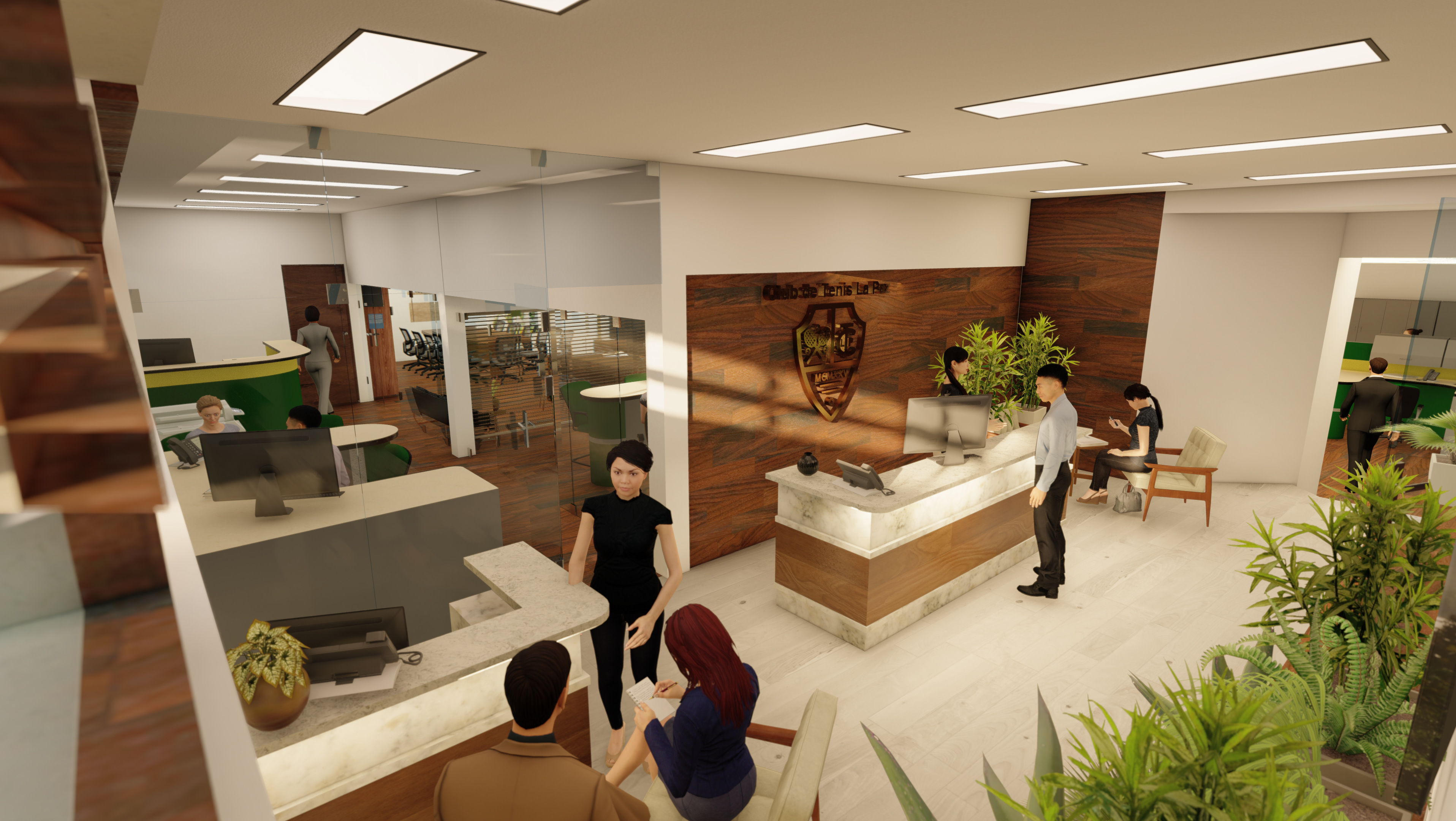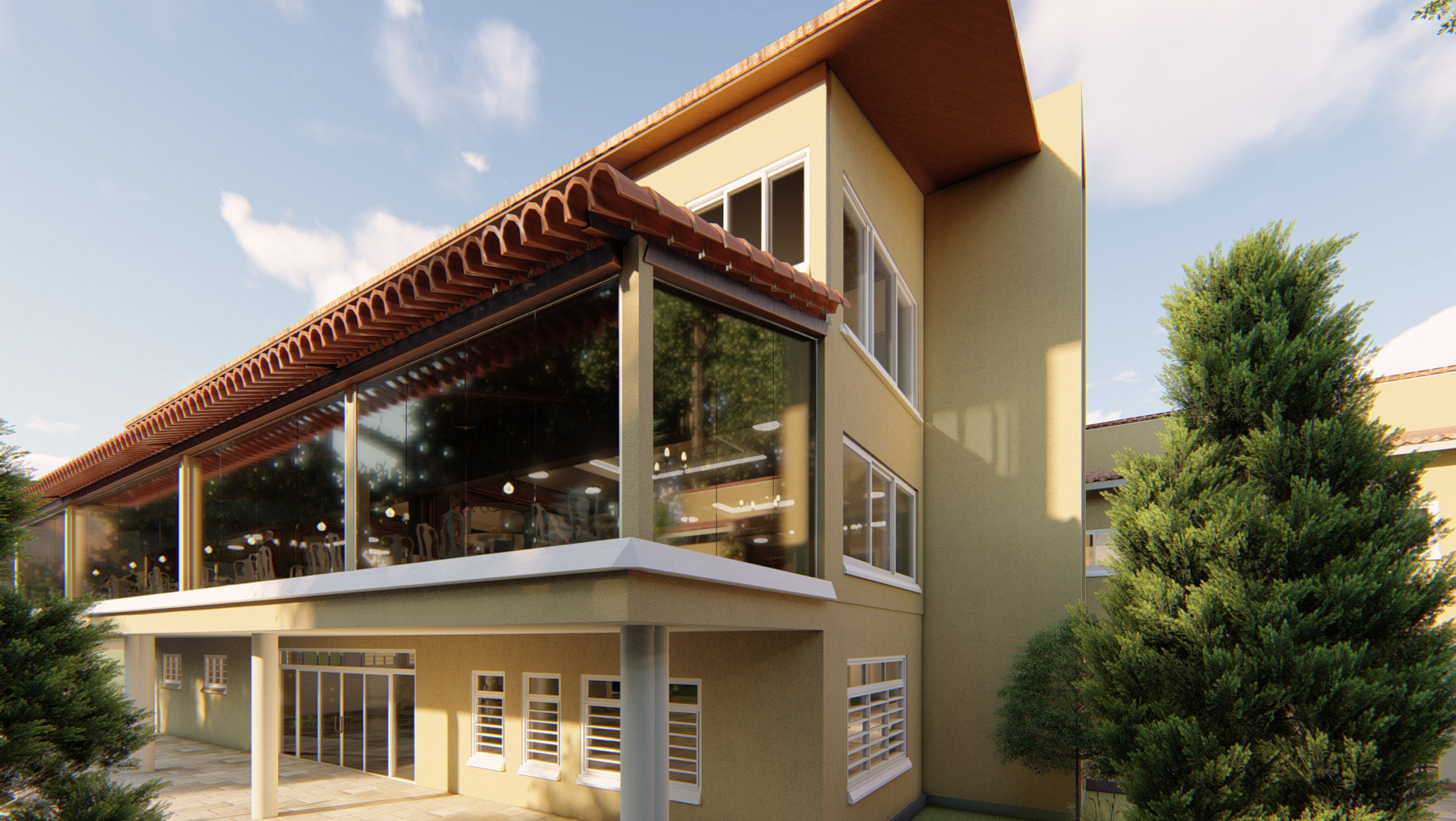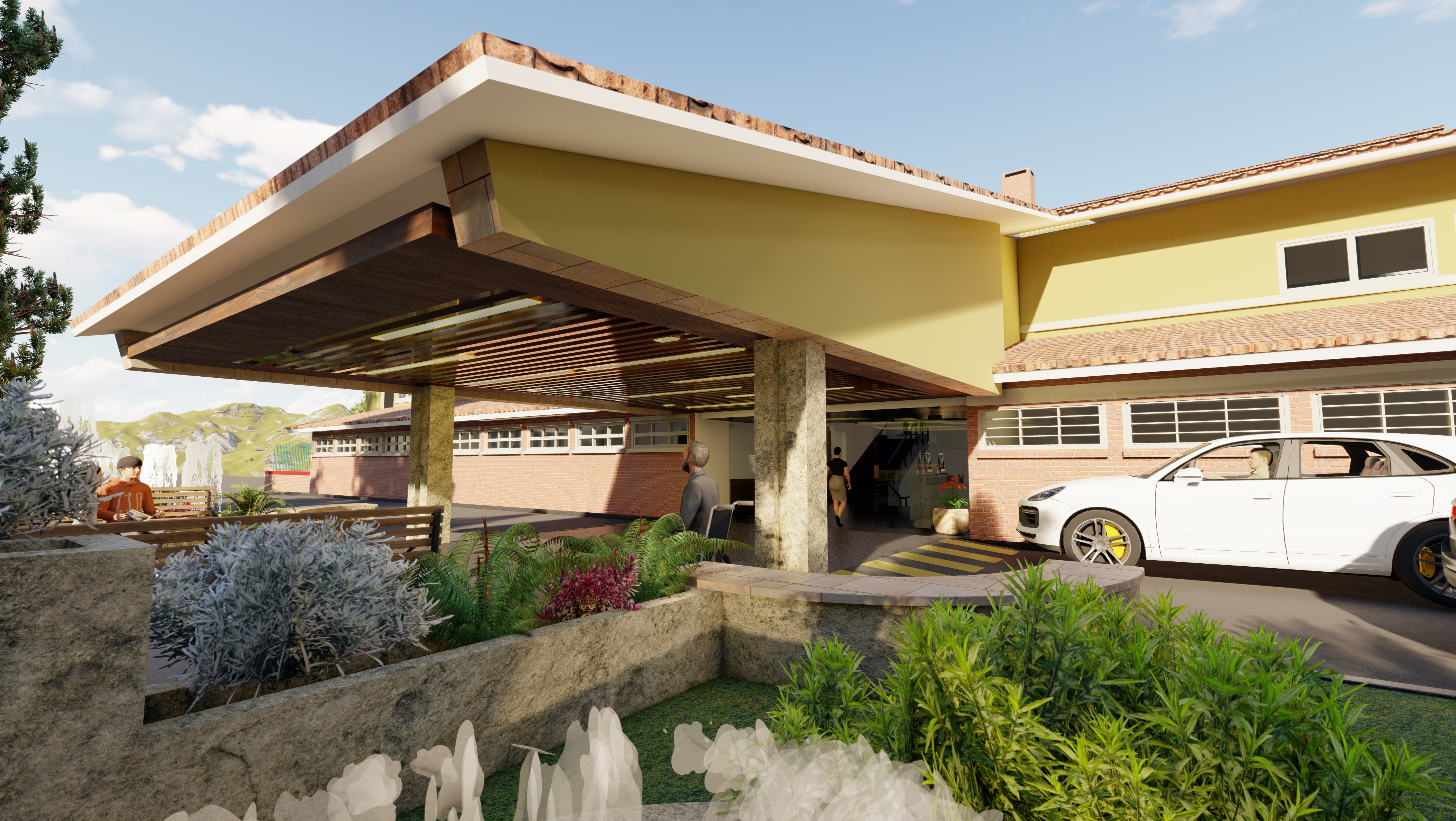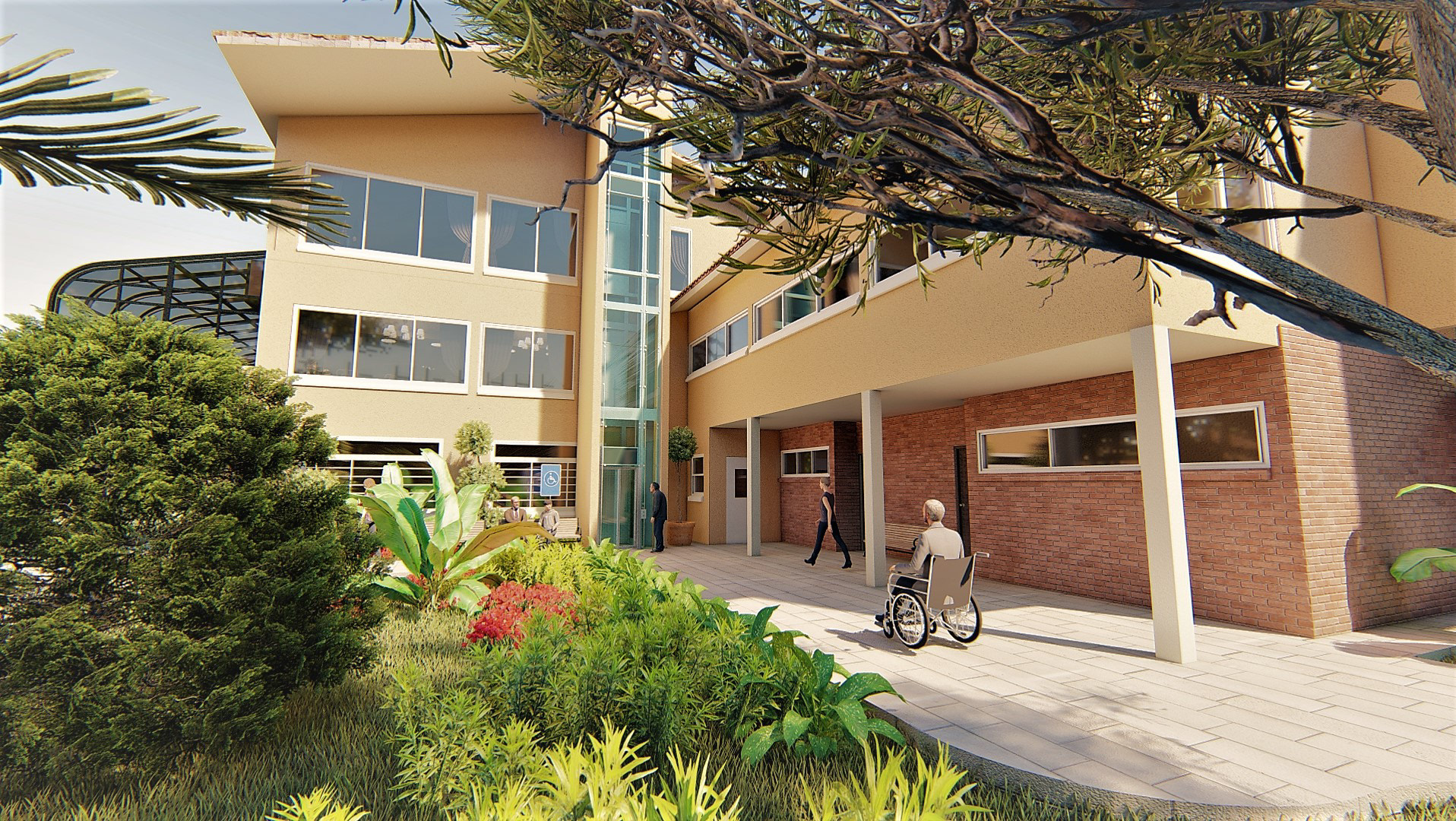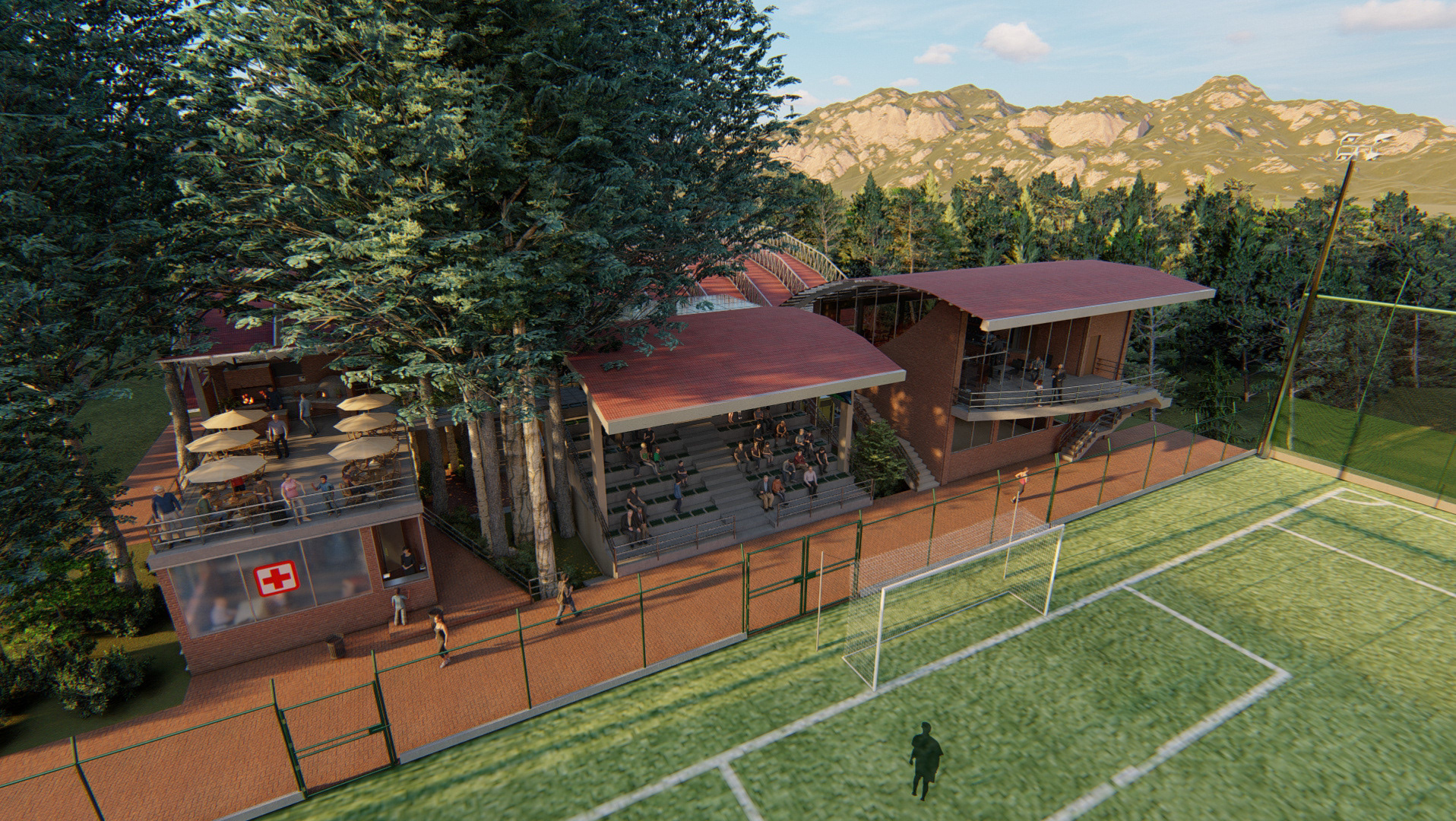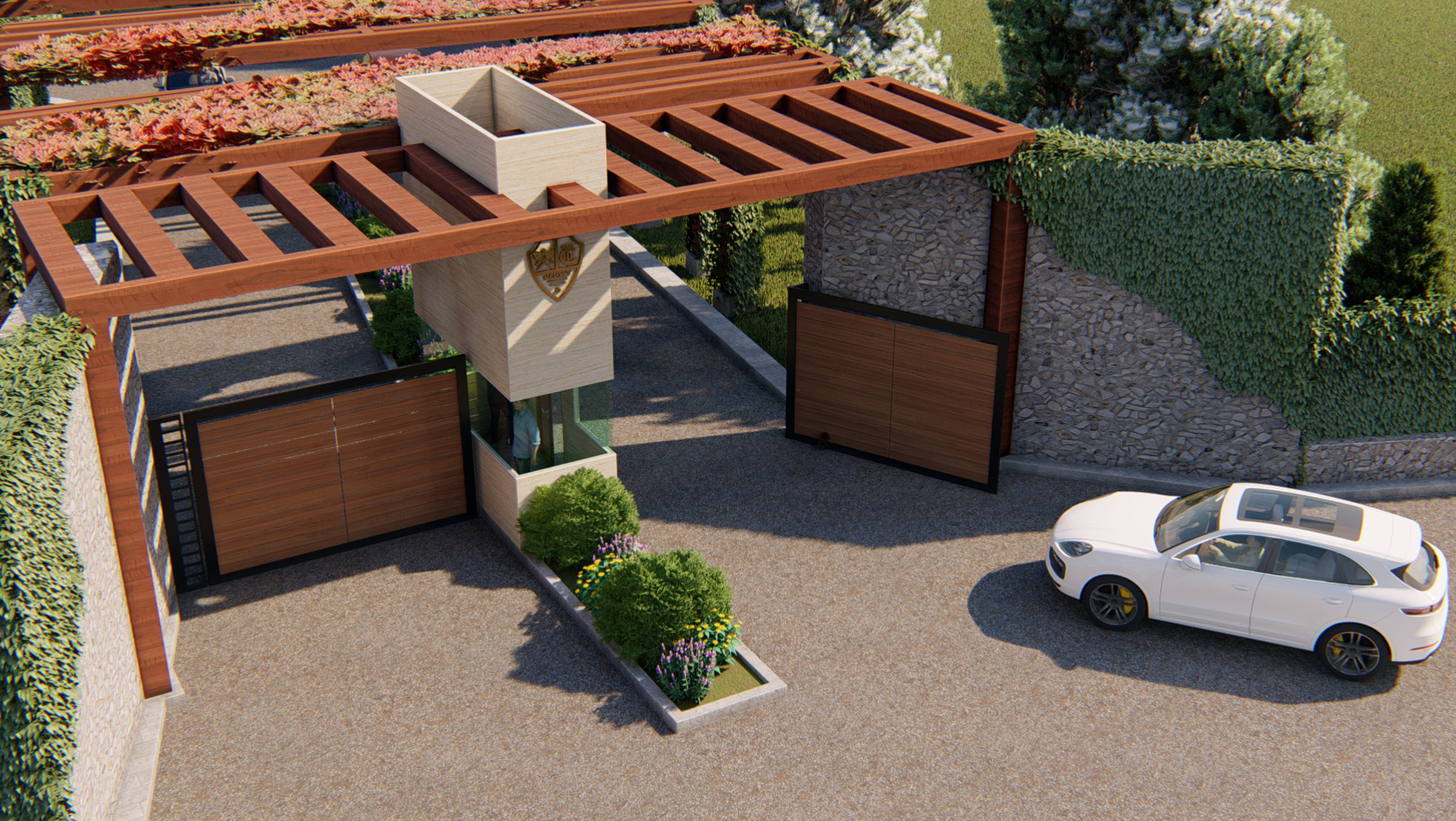Qhapac Ñan Theme Park
Design in relation to natural/built heritage and local production
Design in relation to natural/built heritage and local production
Parque temático Qhapac Ñan
Diseño en relación con el patrimonio natural/ construido y con la producción local
Diseño en relación con el patrimonio natural/ construido y con la producción local


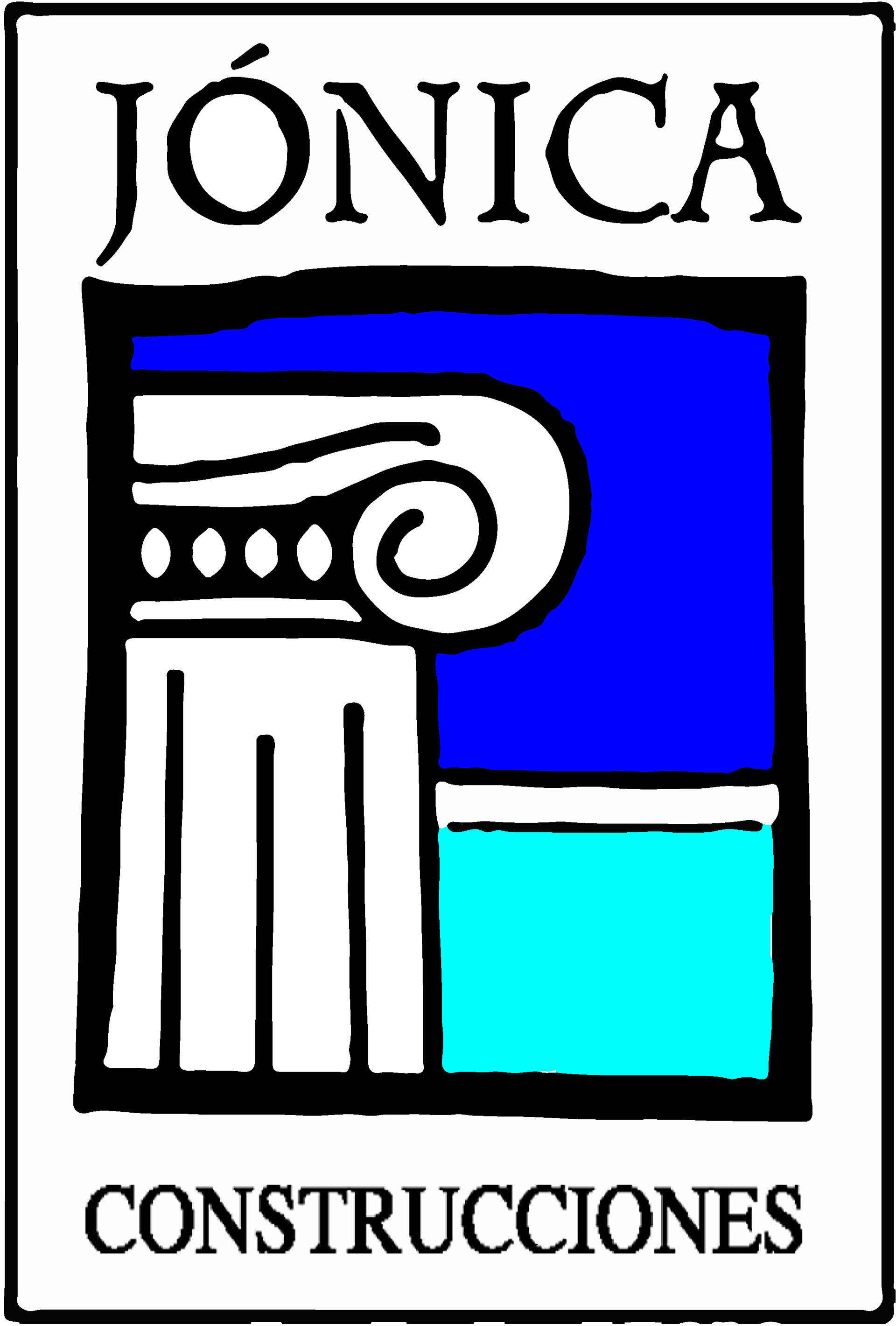
A project developed with Jónica Consulting for the "Qhapaq Ñan: Integrating the Routes of Development" project, which has been promoting the tangible and intangible value and heritage associated with this road integration system. This system, once articulated trade and exchange activities, key to the development of the era, with support from the United Nations Development Program (UNDP) and the Ministry of Culture and Tourism.
The elements designed below are based on the recurring characteristics and tools of Qhapaq Ñan, both in pre-Hispanic and modern times, to remember and value the history and treasures of the Guaco territory.
The elements designed below are based on the recurring characteristics and tools of Qhapaq Ñan, both in pre-Hispanic and modern times, to remember and value the history and treasures of the Guaco territory.
These elements contemplate not only a historical aesthetic relationship with the built environment but also, through local and traditional materials, become part of the natural and modern landscape.
Furthermore, local production has been considered the first and main beneficiary; taking the respective characteristics, skills and specialization of the Guaqueño artists to be able to carry out these design proposals.
Qhapaq Ñan means "main road" in Quechua.
On June 21, 2014, UNESCO declared the Qhapaq Ñan Andean Road System a World Heritage Site in the cultural itinerary category. For the first time in the 40 years of the UNESCO World Heritage Convention, six countries joined together in a regional process to nominate a cultural site as World Heritage. In this case, they were Argentina, Bolivia, Chile, Colombia, Ecuador, and Peru.
On June 21, 2014, UNESCO declared the Qhapaq Ñan Andean Road System a World Heritage Site in the cultural itinerary category. For the first time in the 40 years of the UNESCO World Heritage Convention, six countries joined together in a regional process to nominate a cultural site as World Heritage. In this case, they were Argentina, Bolivia, Chile, Colombia, Ecuador, and Peru.
The Qhapaq Ñan or Andean Road System is the result of the accumulation of multiple experiences of societies that inhabited the Andean territory throughout centuries of history. The different pre-Inca indigenous peoples laid out paths and routes that the Incas later consolidated, incorporated, and articulated into their own road system, and which were later also used by the Spanish.
Today, the Qhapaq Ñan Andean Road System is a living heritage that continues to exist.
360° views of the complex
Proposal:
"Sleeping Train Yard"
"Sleeping Train Yard"
Subsequently, and with a view to starting with one of the spaces in the entire complex, the project was to use railroad pieces that had been lying dormant on the property, highlighting these heritage pieces in different landmarks in the space that welcomes the Guaqui Railway Museum.
This new space aims to provide both knowledge about the railroads and their great importance to the Guaco territory, as well as recreational and cultural areas.
Qhatus for rest and food are proposed, each space will have a grill and a table to share within the Complex.
In terms of culture, the Sleeping Train Yard proposes a half-moon grandstand that directs the view towards the internal train track, which will receive train cars adapted as a stage and which will be parked there to perform dance, theater, music or any event that promotes and stimulates cultural development.

